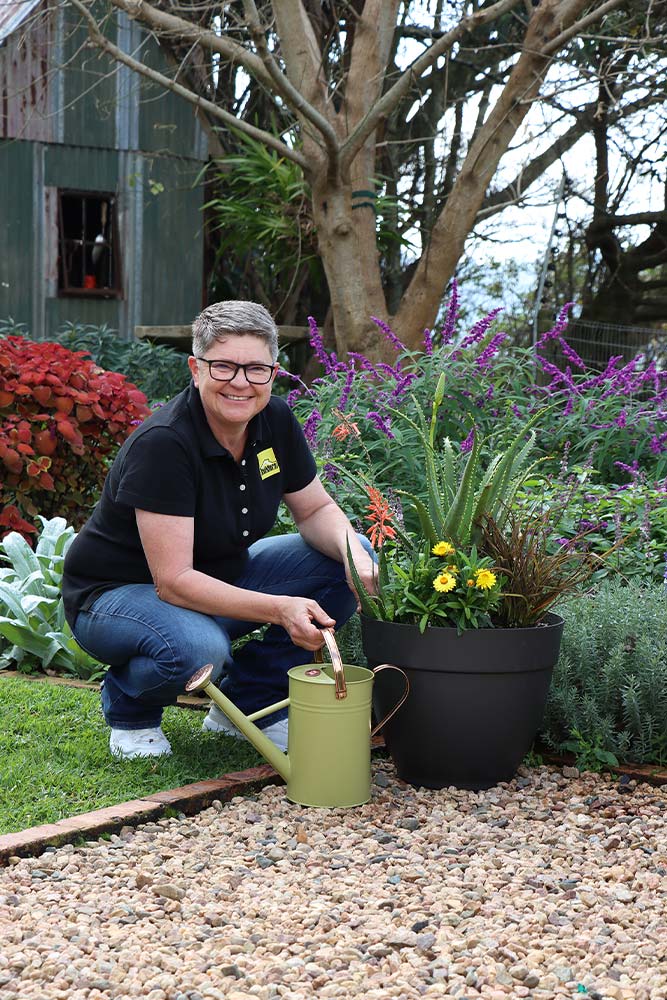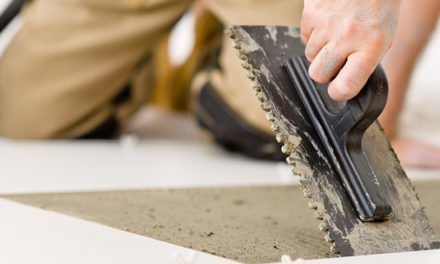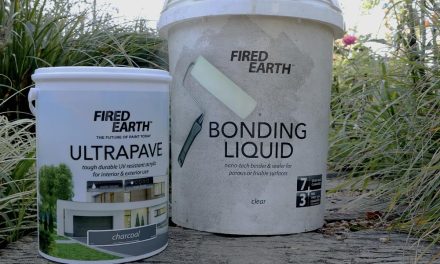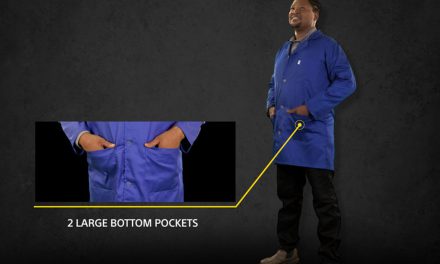Hand tools play such an important role in day-to-day gardening, yet most of us give them a second thought.
Almost every time we garden, we use a hand tool or two, yet we pay hardly any attention to them! There are four hand tools that we use commonly: a trowel, a hand fork, a 3-prong cultivator and a hand weeder.
A hand trowel is such a simple tool but is so essential. If you’re potting up a container, a hand trowel is simply indispensable: you’ll use it for mixing the soil before potting up, especially if you have added some slow-release fertiliser or bonemeal, then you’ll use it again for placing soil into the pot. And here’s a hint: when you’ve finished potting up the container, use the handle of the trowel to push the soil firmly into the nooks and crannies around the plants. You also use trowels when faced with a small digging job in the garden, such as planting seedlings or carefully digging up plants to move them.
Just as useful is a hand fork. For example, when taking plants out of their bags, you’ll notice often that the soil is compacted and the roots are tightly bound in a clump. A hand fork is just the thing to remedy this and free the roots so that the plant can grow quickly. Simply push the tines of the hand fork into the root ball at an angle, then gently tease the roots free. This method keeps the roots intact, whereas if you use your fingers you’ll end up breaking off roots when you remove the compacted soil. Hand forks are also useful in the garden bed for little bits of gardening, especially in small and confined spaces. They’re great for working compost into the soil, incorporating fertiliser into the veggie garden, loosening the soil and dozens of other odd jobs in the garden.

When getting rid of weeds, you’ll find that it’s often difficult to pull up the roots, especially in hard ground. Even if you try to get your fingers right down to the base of the weed, the roots break off, which means that the plant will just regrow in a few weeks’ time. That’s when you need a hand weeder. They come in a few different designs, but most have a prong at the front that will grab the weed at the base, and a curved belly that lets you lever the weed out of the ground effortlessly. These are great for the lawn, where you can pull out stubborn weeds with long taproots without disturbing the lawn itself.
The 3-prong cultivator is a tool that many of us haven’t got in our sheds, but really should have. Use it to dispose of small weeds that have just germinated without disturbing the soil too much, for breaking up compacted soil or just loosening the crust on the top soil before planting or watering. It can also be used to rake up leaves and other debris from tight spaces between plants, where a big rake just won’t work.
When choosing a hand tool, make sure that it feels right for you. Make sure that the handle is comfortable and that the tool is balanced correctly. It may sound counter-intuitive, but often the slightly heavier hand tools are less tiring to use because they are better balanced than the lightweight plastic one. This is definitely something where personal preference comes into play.
The Garden Master Premium Range is a quality set of tools, made from stainless steel with wooden handles. The ergonomic handles are nice and comfy, with grips for your fingers so your hands don’t get tired when you use them. The tools have a two-year guarantee too, which shows that Garden Master have got a lot of faith in the quality of their products.










